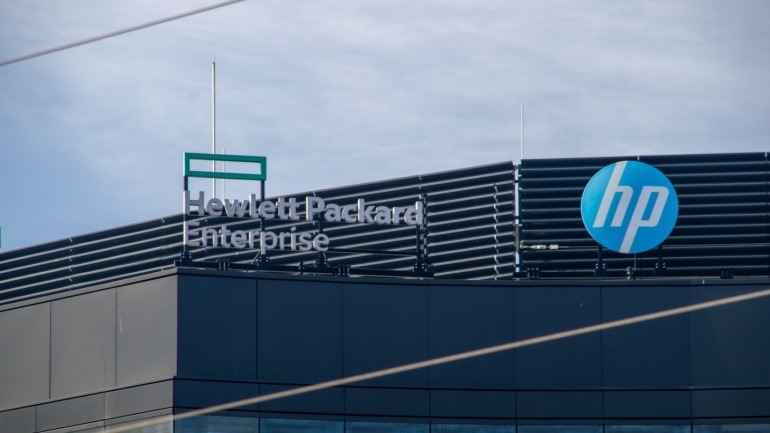Contributed by Maor Efrati, CTO at monogoto
My generation grew up in the early days of the internet and global connectivity. The only truly global network was the phone network. Any content or other service was provided by a local operator.
We saw the internet as a global network but mostly as a way to share and access information.
A huge revolution parallel to the WWW was the OTT ‘over the top’. It’s not an information revolution but a brand new business model for a whole new set of companies to become a service provider without a physical connection to the consumer.
OTT has revolutionized the way many businesses operate. In the early 2000s, operators and service providers generated most of their income from all kinds of content: TV, Voice, SMS, Ringtones, Stickers, etc. The internet brought a new wave of companies, technically new service providers, companies that provide better user experience, better service and improved business models which are not limited by geographical location.
This was the birth of the OTT. Netflix did it in an amazing way on Television. Whatsapp in messaging, Apple and Google in apps and content marketplace. Any industry that was dominated by a last-mile provider (operator) got disrupted with this revolutionary OTT business model. At some point a few years ago, operators started to be treated as “dumb pipes”.
At monogoto, we decided to become an OTT connectivity provider. We founded the company with a deep understanding of how other industries reacted when a better service and better business model were made available. Netflix and Whatsapp were able to grow globally while innovating business models. We are here to democratize infrastructure usage. So to enable a new ecosystem for OTT solutions, in an affordable, easy and flexible way.
As an OTT connectivity provider, we can offer the same services as local operators with a better user experience (API, self-service and lifecycle management) combined with a global offering. Our solution can work globally with multiple identities and will be able to roam on any network with more features and capabilities, incorporating and correlating different business models.
We predict the next big transformation in the networking world will be private LTE and 5G networks.
Soon, any factory, campus, stadium, hospital, airport, etc will have the option to create a private LTE or 5G network. The last mile will be owned by the enterprise. No service provider lock-in will be needed any more. Now, when we combine this fragmented picture with the capabilities of OTT connectivity the story becomes much more interesting and since this revolution is not dedicated to a single vertical but rather every last mile market, this is a true democratization of infrastructure giving the opportunity of breaking the service-providers-locking glass ceiling.
We have a solution that will enable connectivity from any transition MNO with a combination of connectivity from enterprises’ own private networks. We think this is the holy grail of connectivity. Real privacy and real security. End to end.
As for the operators and service providers: I don’t think that the model of a “dumb pipe” is accurate. I think that operators are here to stay and have supportive capabilities to solve many problems that the internet won’t be able to. We need strong infrastructures with multiple types of service and at the end of the day, the operators are the only one who can do this job.







